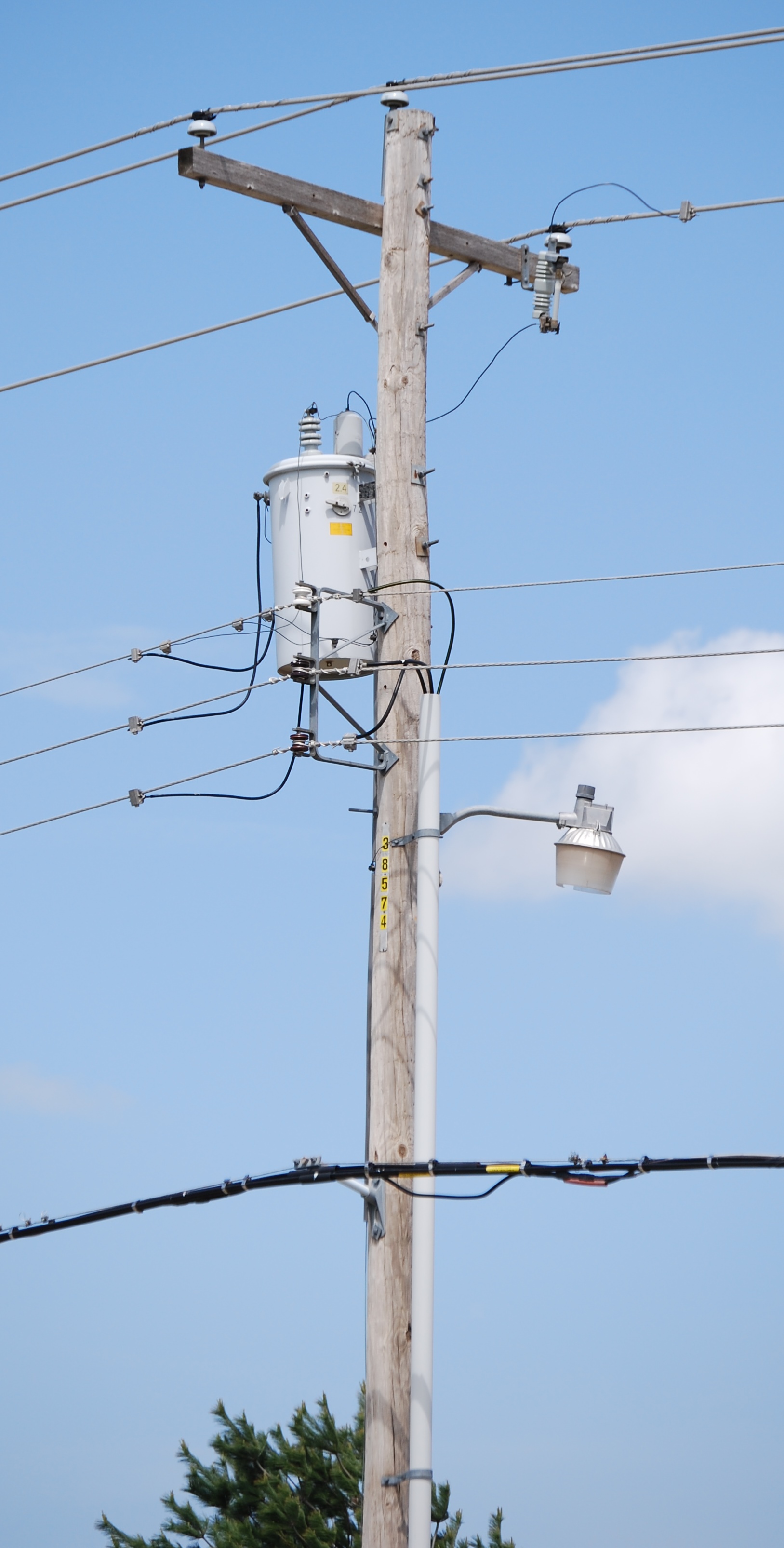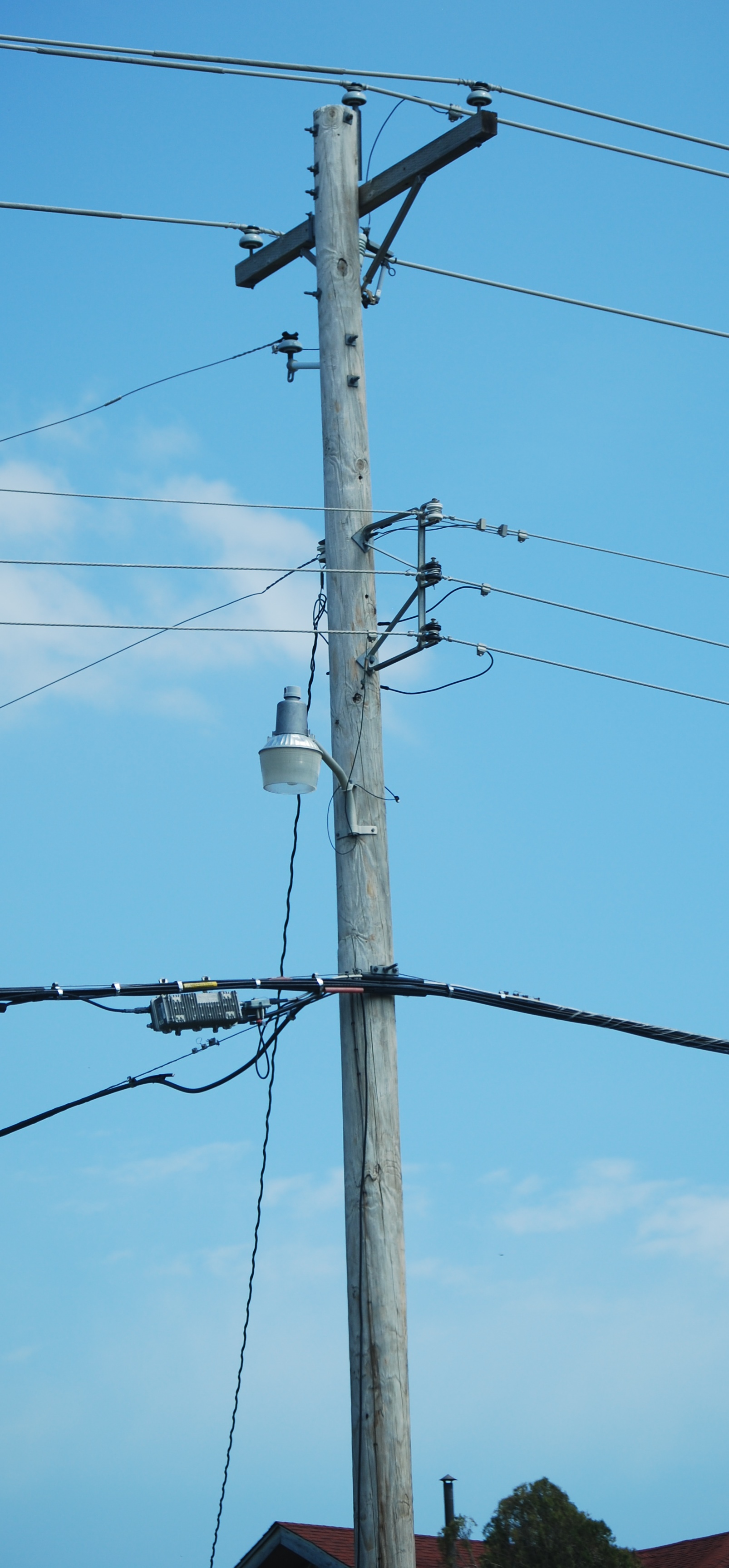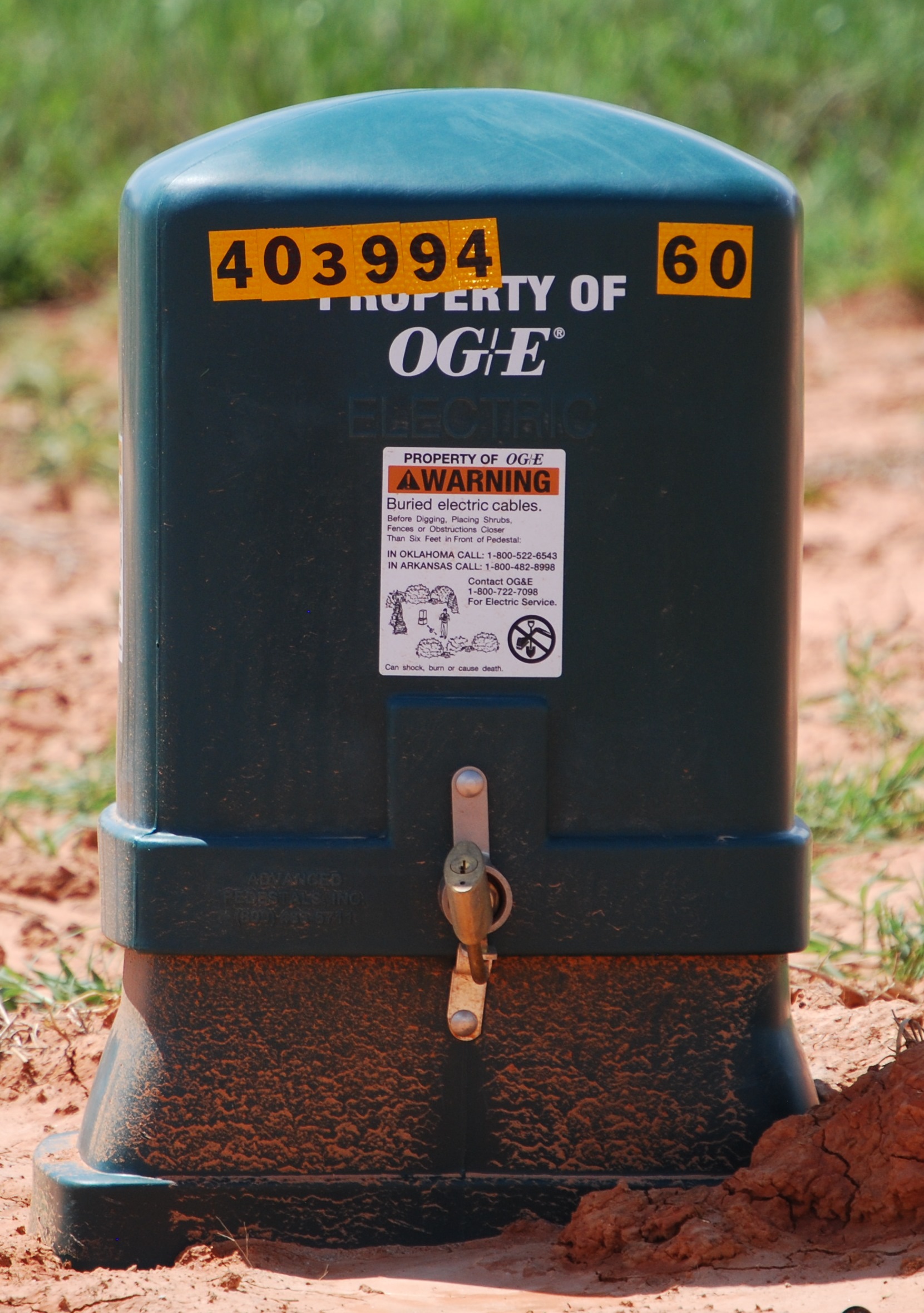Complementary Content
- ${title}${badge}
${loading}
Session Expired
We're sorry, your session expired. Please sign out and then try again. Thank you for your patience.


